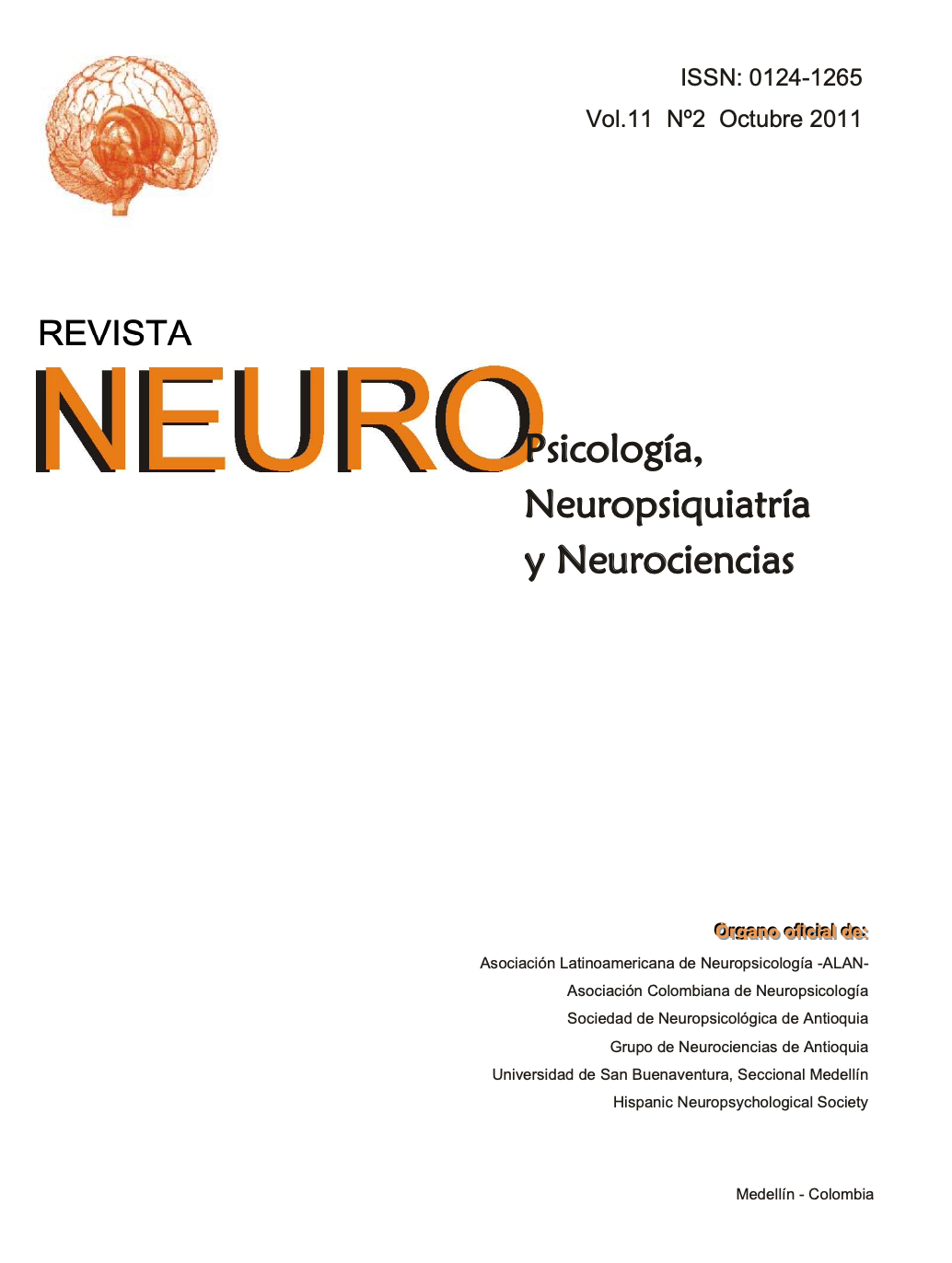Behavioral Analysis of the Reserpine Induced Motor Changes in a Parkinsonian Mouse Model
Palabras clave:
Reserpine, behavioral analysis, motor activity, Parkinson’s disease, animal model, mice, dopamineResumen
In mice, the systematic administration of reserpine at a pre-determined dose leads to severe brain and peripheral monoamines depletion. This results in the appearance of heterogeneous symptoms regarding motor control resembling those present in human Parkinson’s disease; such as tremor, rigidity, akinesia, gait alterations and posture deformities. Here we analyze some of the standard tests, which have been exposed in previous studies to typify behavioral changes in mice. For that purpose, mice were treated intraperitoneally with reserpine for five consecutive days at a concentration of 5 mg/kg to then apply several motor tests. Posterior to seventy- two hours of evolution, animals showed a 78% decrease in normal motor function and at the fifth day we observed 95% of parkinsonian motor symptoms. The topic presented here will be useful not only to validate the reserpine mouse model for behavioral characterization, but more importantly, for the usage of the animal model if it is intended to be used to test new treatments.
Descargas
Publicado
Número
Sección
Licencia

Esta obra está bajo una licencia internacional Creative Commons Atribución-NoComercial-CompartirIgual 4.0.
<a rel="license" href="http://creativecommons.org/licenses/by-nc-sa/4.0/"><img alt="Licencia Creative Commons" style="border-width:0" src="https://i.creativecommons.org/l/by-nc-sa/4.0/88x31.png" /></a><br />Esta obra está bajo una <a rel="license" href="http://creativecommons.org/licenses/by-nc-sa/4.0/">Licencia Creative Commons Atribución-NoComercial-CompartirIgual 4.0 Internacional</a>.








